#axel s hedman
Text

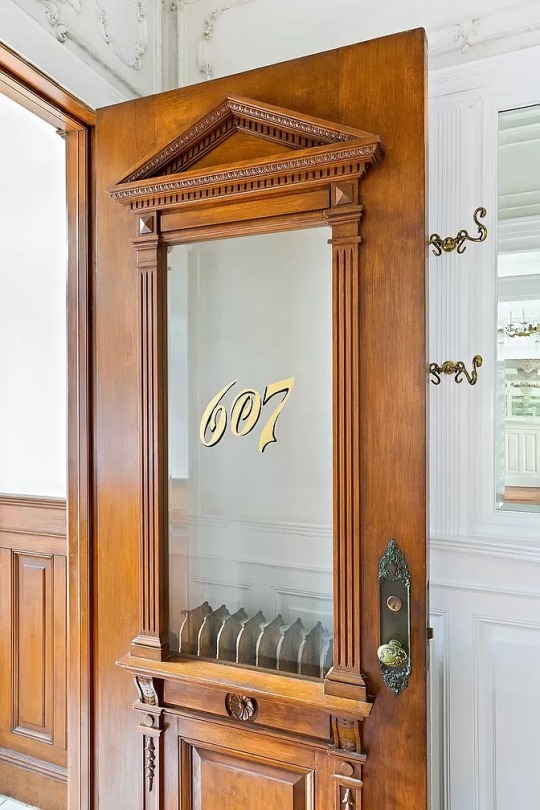
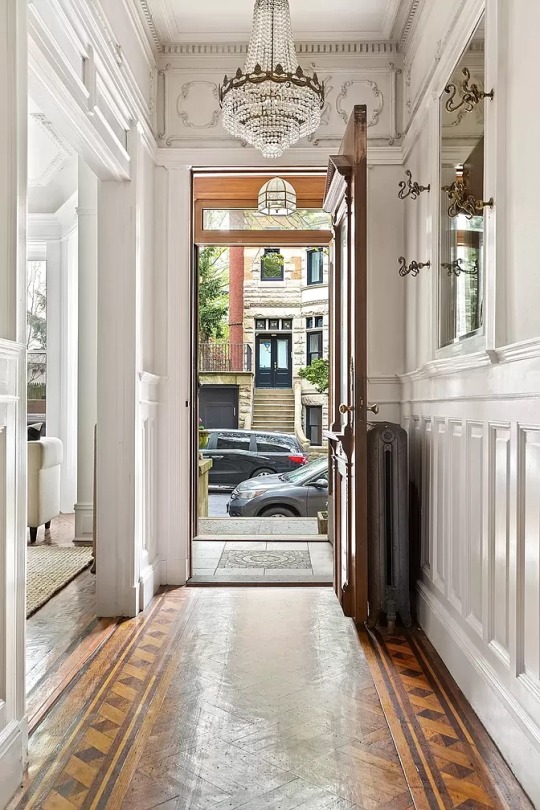
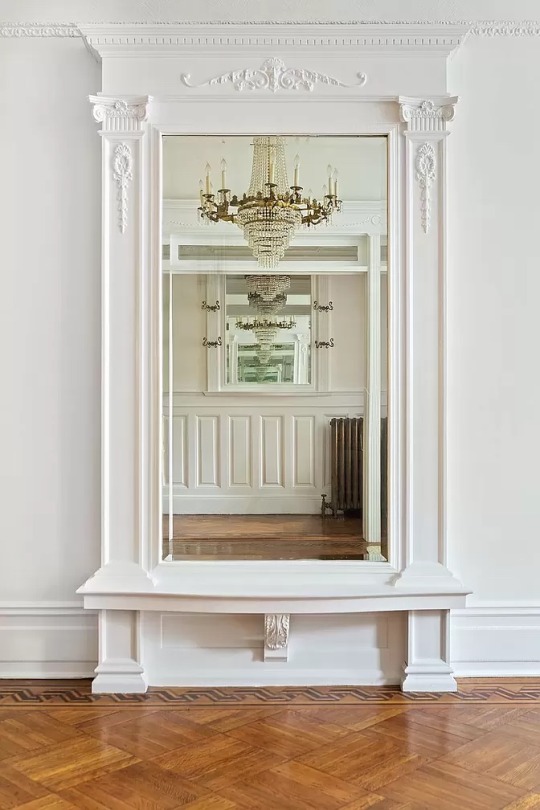





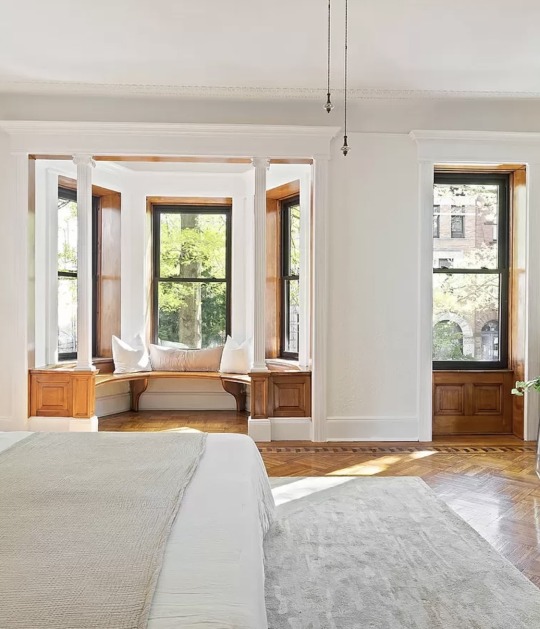
“607 5th Street sits on a quiet tree-lined block at the edge of Prospect Park, and anchors a group of 14 beautiful Neo-Renaissance limestone townhouses built by architect Axel S. Hedman and developer Eli Bishop in 1907. It's the widest of the group, and the only one with side windows, a conical turret, and views of Prospect Park. Enchanting original details abound, including the original staircase, two fireplace mantles, stained glass windows, parquet flooring, a coffered dining room ceiling, and a wealth of meticulously crafted woodwork and plaster details throughout.”
Instagram: iliketoseeeverythinginneon
#time capsule house#brooklyn#new york#nyc#real estate#zillow#zillowcore#interior#interiors#vintage kitchen#1907#1900s#00s#limestone#townhouse#axel s hedman#Eli bishop#details#calligraphy#prospect park#chandelier#stained glass#fireplace#woodworking#coat hook#sconces#brass#parquet#parquet floor#stoop
14 notes
·
View notes
Photo
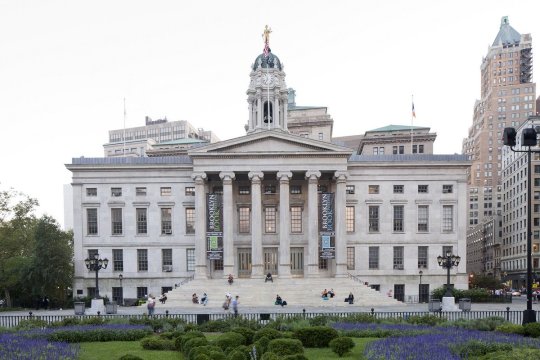

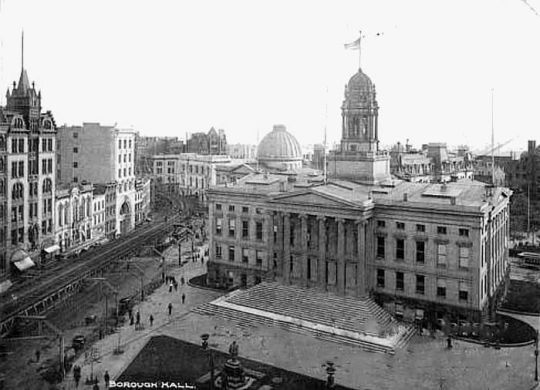
Man’s Impact on the Environment
12 June 2020
Brooklyn Borough Hall
Brooklyn Borough Hall is a building in Downtown Brooklyn, New York City. It was designed by architects Calvin Pollard and Gamaliel King in the Greek Revival style, and constructed of Tuckahoe marble under the supervision of superintendent Stephen Haynes. It was completed in 1848 to be used as the City Hall of the former City of Brooklyn. In January 1898 the independent City of Brooklyn merged with the City of New York, and Kings County became the Borough of Brooklyn, at which time the building became Brooklyn Borough Hall.
In 1834, the year Brooklyn was granted its city charter, the land for Brooklyn's city hall was donated by the Remsen and Pierrepont families, whose names are commemorated in the names of Remsen and Pierrepont Streets in nearby Brooklyn Heights. The following year, New York architect Calvin Pollard won the commission to design the building in a contest held by the city. The foundations were dug and the cornerstone laid for this structure in 1836. Unfortunately, financial hardship halted construction entirely.
When funds again became available in 1845 construction resumed, this time of a structure designed by Gamaliel King, who had come in second to Pollard in the city's design competition, with instructions from the city that the new building must fit inside the already laid foundation. King preserved many elements of Pollard's original design and intent, including its Greek Revival style, although the project was scaled down in size somewhat. Construction was completed in 1848.
On February 26, 1895, waste paper caught fire and destroyed the cupola and the statue of Justice that stood atop it, as well as the top floors of the building; water damage ruined the walls and ceiling of the Common Council chamber. Three years later, a new Victorian cast-iron cupola was built, designed by Vincent C. Griffith and the firm of Stoughton and Stoughton, on which was placed a flag. In 1898, the city of Brooklyn was consolidated into the five boroughs of New York City, and this building ceased being "City Hall" and became "Borough Hall". In 1902, the Common Council room was demolished to build a new courtroom, designed in the Beaux-Arts style by Brooklyn architect Axel Hedman.
In the 1930′s, proposals began to circulate about knocking down Borough Hall, based on the arguments that it no longer performed any government function, that its architecture wasn't particularly notable, and that it was a monument to an extremely brief era in Brooklyn's history. While numerous proposals were put forth, the building survived. In 1966, the building was finally designated a landmark by the New York City Landmarks Preservation Commission.
The building was added to the National Register of Historic Places on January 10, 1980. In the 1980′s, the building underwent a massive renovation under the supervision of Conklin & Rossant. The original copper shingling on the cupola was restored by Les metalliers Champenois, the same metalworks involved in the restoration of the Statue of Liberty, and the flag on the cupola was replaced by a new figure of Lady Justice. The renovation was completed in 1989.[5][6]
The Kings County Courthouse was built in 1868, turning this area – now known as Downtown Brooklyn – into a government center and busy area of commerce. In the 1940′s, the Kings County Courthouse and other nearby buildings to the north were replaced by a complex of courthouses and a plaza in front of Borough Hall. A mall connects the building to Cadman Plaza Park.
0 notes